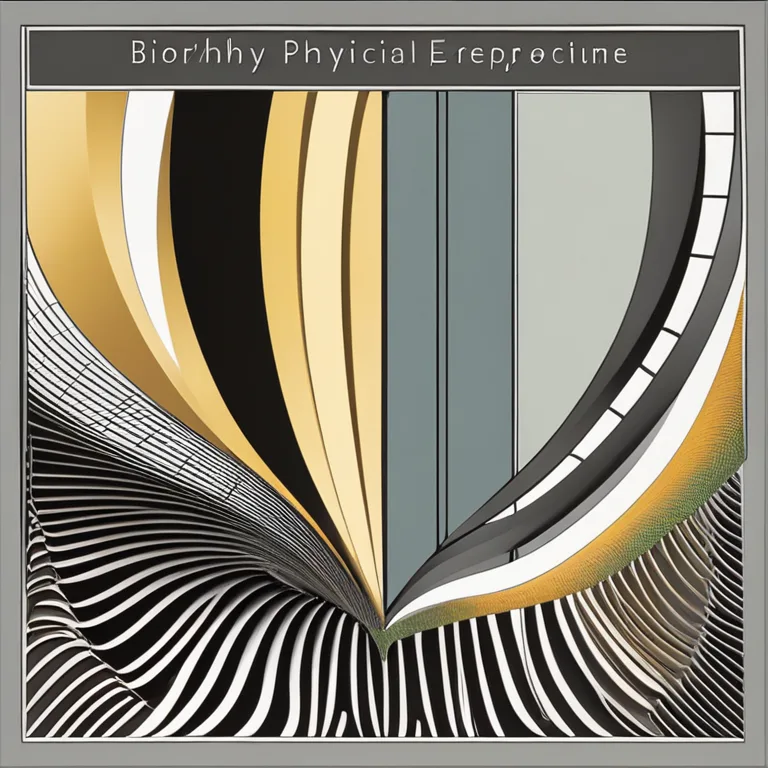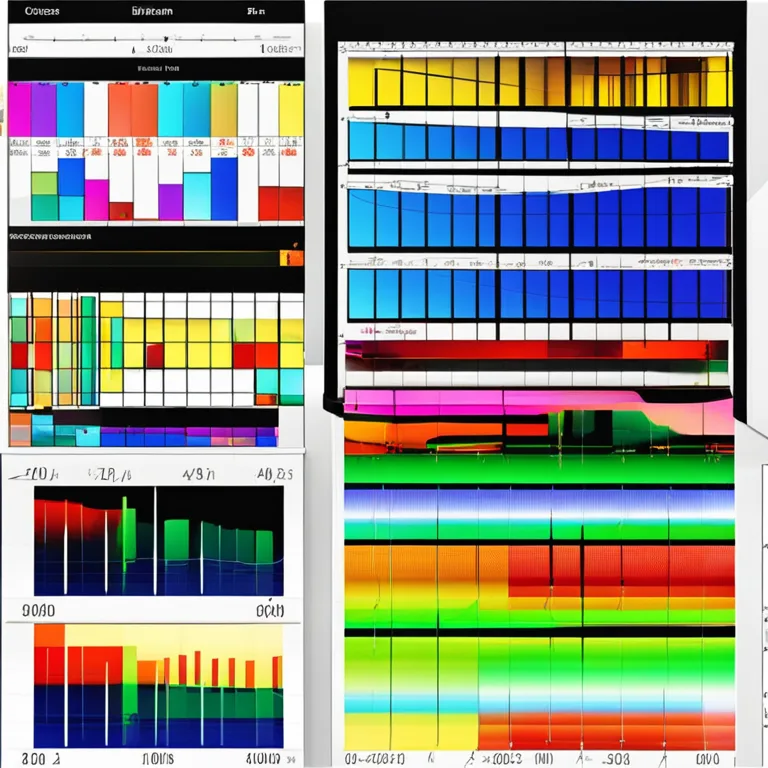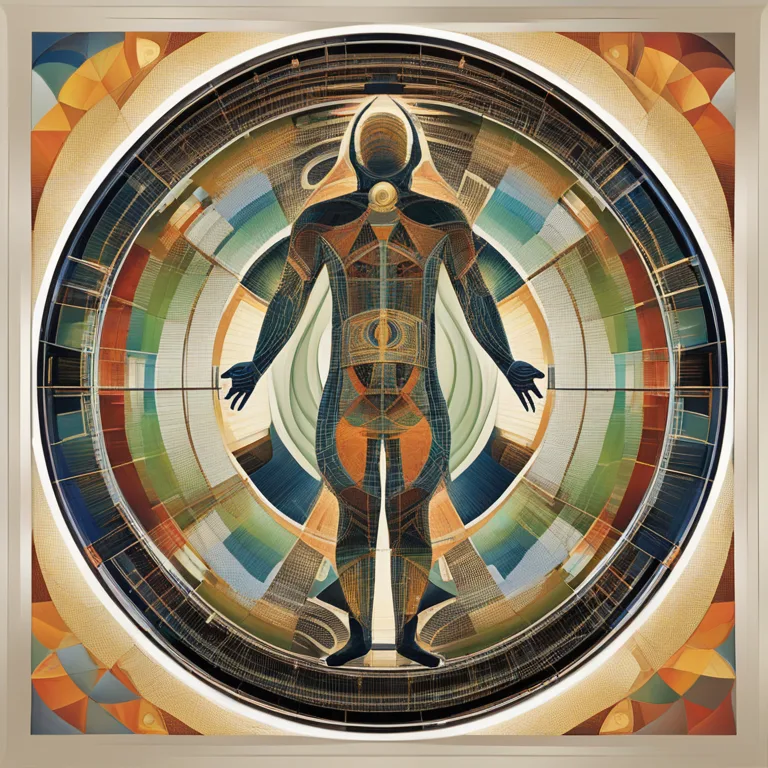
The Mechanics of Biorhythms: Biological Cycles Defined
Discover how biorhythms influence your daily life. This article breaks down the science of natural body cycles and their impact on physical, emotional, and intellectual states.
article by Adrian Wallace
Introduction to Biorhythms
In the fabric of life, various threads weave our experiences into a coherent pattern. One such thread is the concept of biorhythms—cyclical patterns within biological systems that dictate our physical, emotional, and intellectual states. These rhythms are inherent to the human body, believed to start at birth and end at death. Understanding the interplay between these rhythms can provide insight into the ebb and flow of our daily performance, moods, and overall well-being.

The Three Core Cycles
There are three primary biorhythm cycles: the Physical (23 days), Emotional (28 days), and Intellectual (33 days). Each cycle has a high phase, a low phase, and a critical day that signifies the transition between phases. The Physical cycle governs aspects such as vitality, strength, and coordination. The Emotional cycle affects creativity, sensitivity, and mood, while the Intellectual cycle is related to analytical thinking, learning, and problem-solving abilities.

Biorhythm Calculations and Charting
Calculating one's biorhythms involves using their birth date as a starting point. With advancements in technology, individuals can now easily generate personalized biorhythm charts online or through mobile apps. These charts graphically represent the ups and downs of the three cycles, aiding people in planning and taking advantage of their natural highs, or exercising caution during the lows and critical days.

Scientific Basis and Skepticism
The scientific community remains divided about biorhythms. While some studies suggest links between rhythmic patterns and human physiology, skeptics argue that evidence lacks consistency. Moreover, some scientists believe that attributing life events to biorhythms may lead to self-fulfilling prophecies due to the placebo effect. Despite this, many individuals and practitioners continue to find value in observing these cycles for personal awareness and decision-making.

Incorporating Biorhythms into Daily Life
Proponents of biorhythms suggest harmonizing activities with cycle phases for optimal results. They encourage undertaking critical tasks or intense physical activities on high days, while advocating rest and reflection during low periods. Some also utilize biorhythms in understanding interpersonal relationships and dynamics, asserting that compatibility can be influenced by the synchronization of individual biorhythms.
Modern Tools for Biorhythm Tracking
The digital world of 2024 offers a myriad of sophisticated tools for tracking and analyzing biorhythms. With algorithms designed to consider leap years and track momentous life events, current applications can provide more personalized readings. There's also a growing trend in wearable technology integration, allowing continuous monitoring of physiological data to further refine biorhythm predictions.
Conclusion: The Journey of Self-Awareness
Biorhythms are a gateway to deeper self-awareness. Whether they hold scientific merit or not, these cycles can serve as a personal framework for understanding one's body and mind. With every high, low, and critical day charted, an individual can navigate life with a sense of rhythm and perhaps, an edge in achieving balance and harmony.
Published: 12/28/2023
Modified: 12/28/2023
More predictions
Come back here soon to learn more about yourself and your future


Exploring Human Biorhythmic Cycles
Explore the fascinating concept of biorhythms and their influence on physical, emotional, and intellectual faculties in humans.


Biorhythms In Humans Explored
Exploring the concept of biorhythms and their influence on human behavior and physical states.


Biorhythm Theory: Fact Or Fallacy?
Explore the fascinating concept of biorhythms to discern if there's any scientific accuracy behind this popular belief.